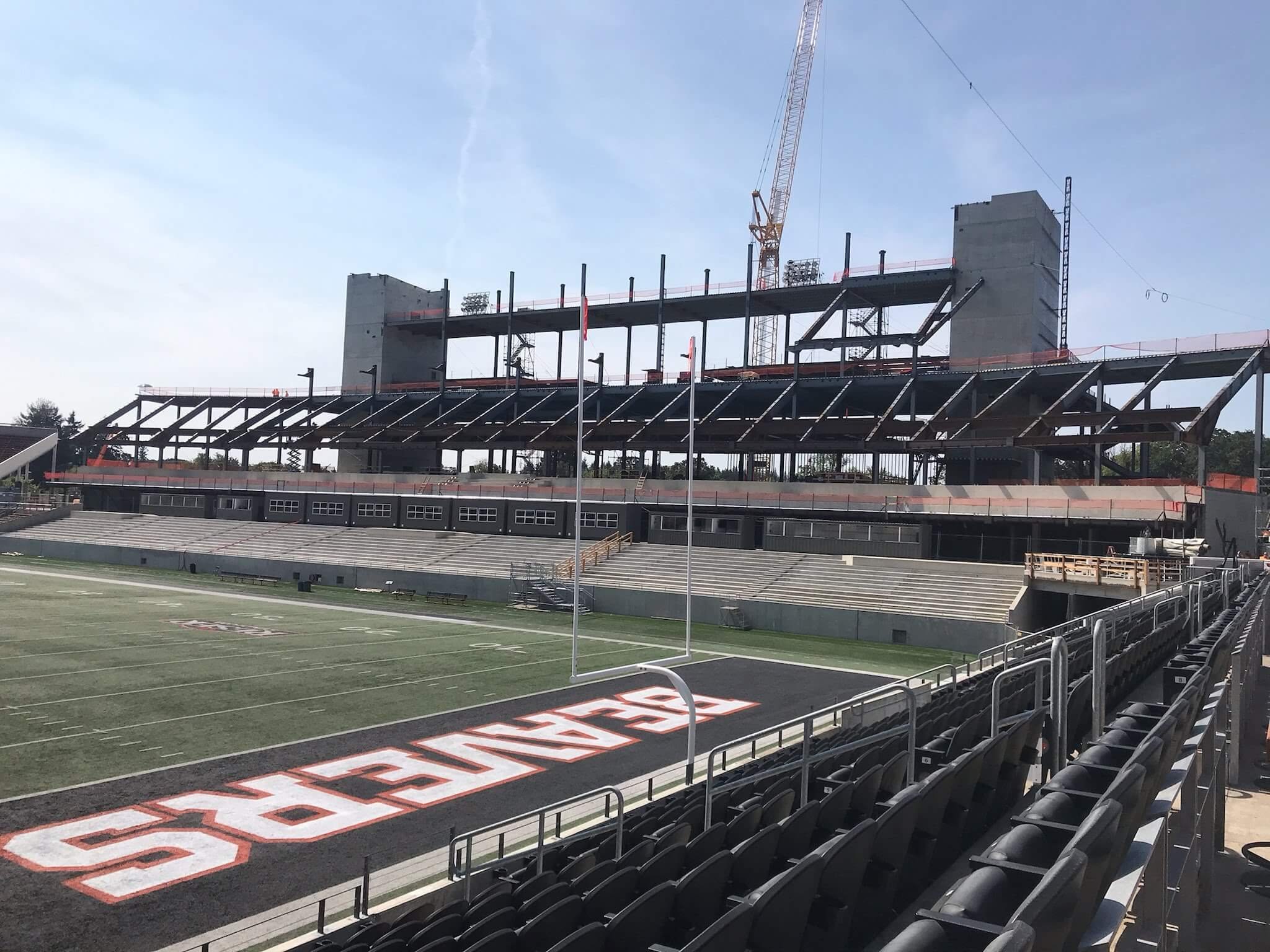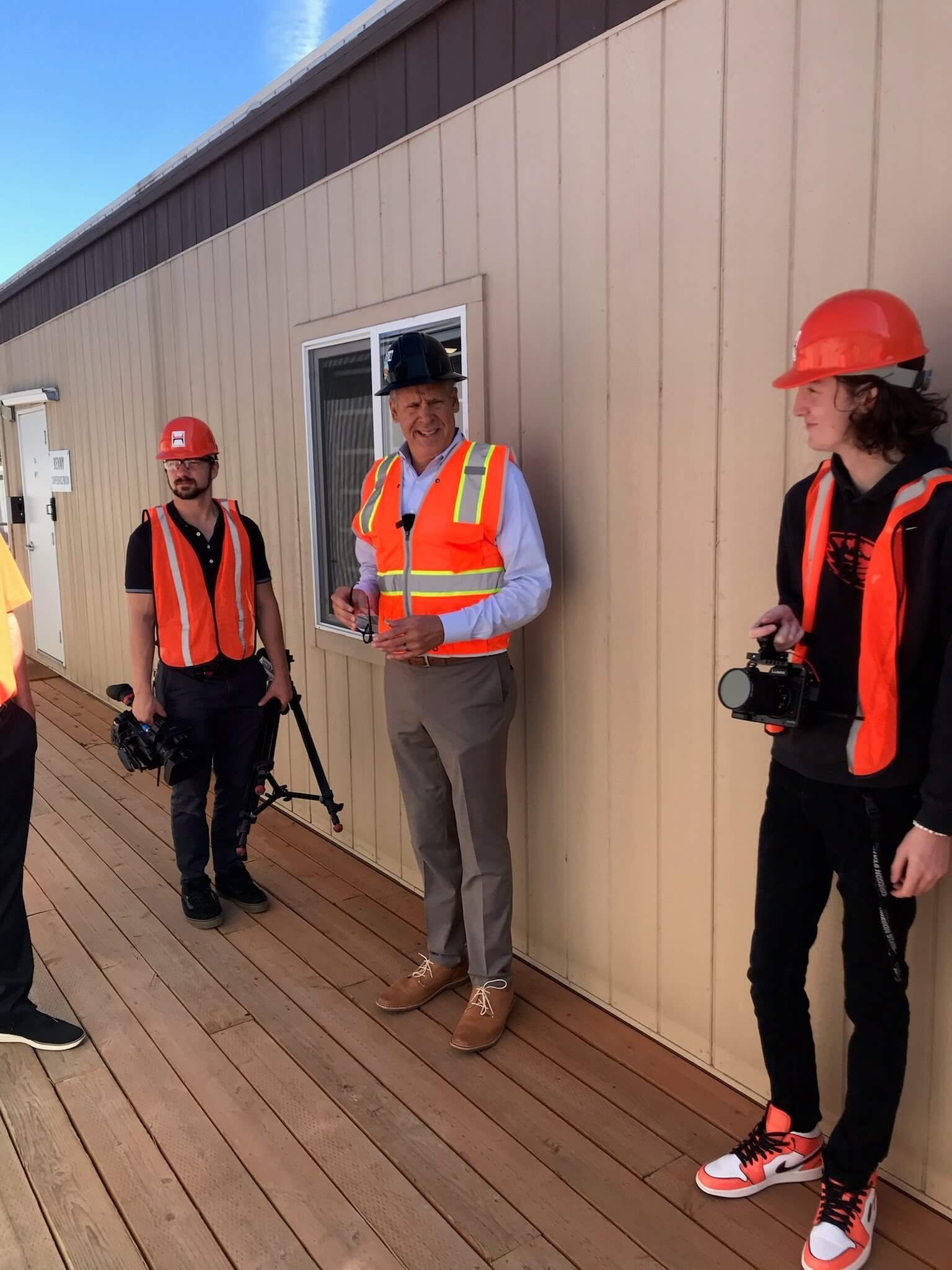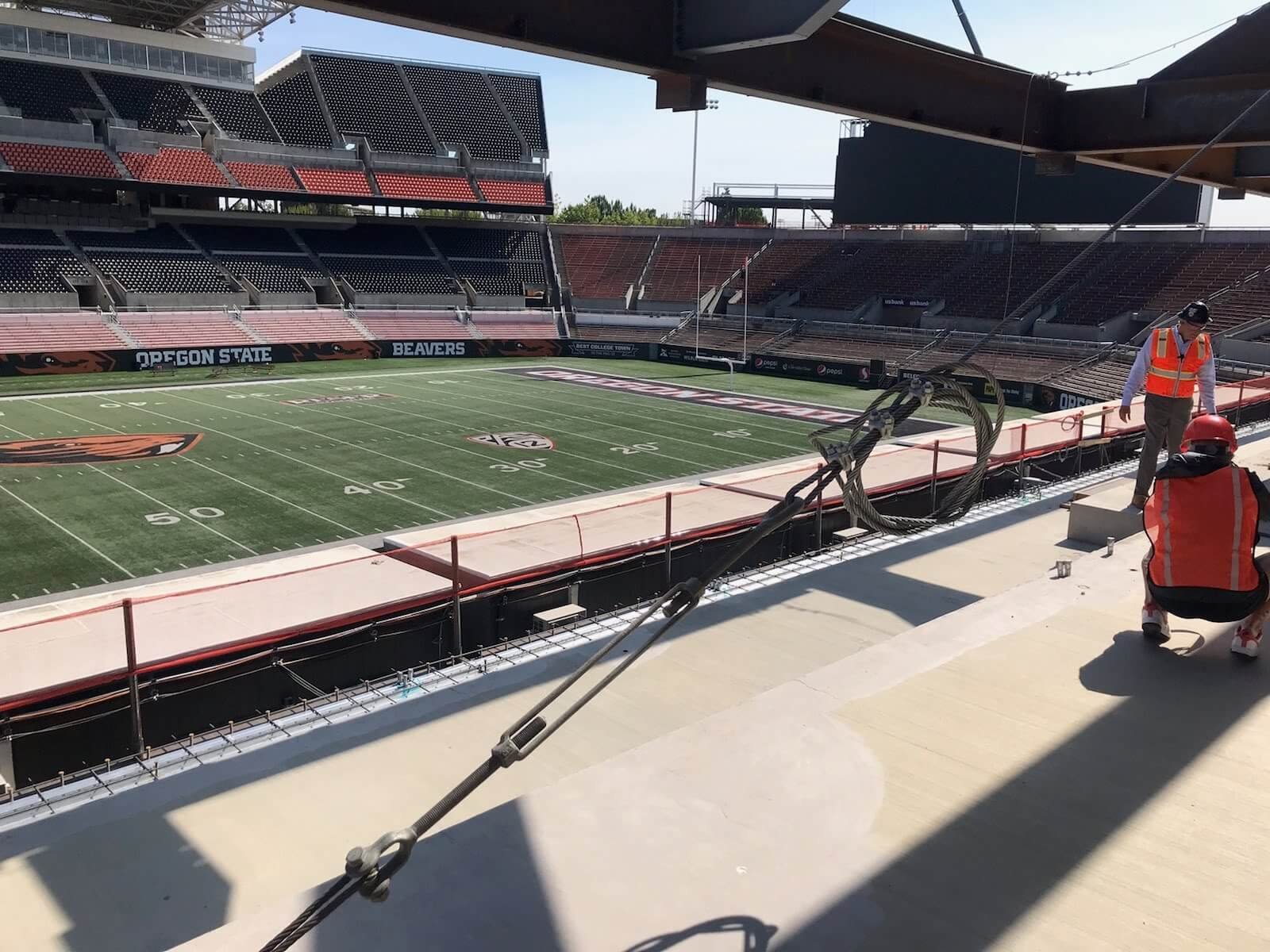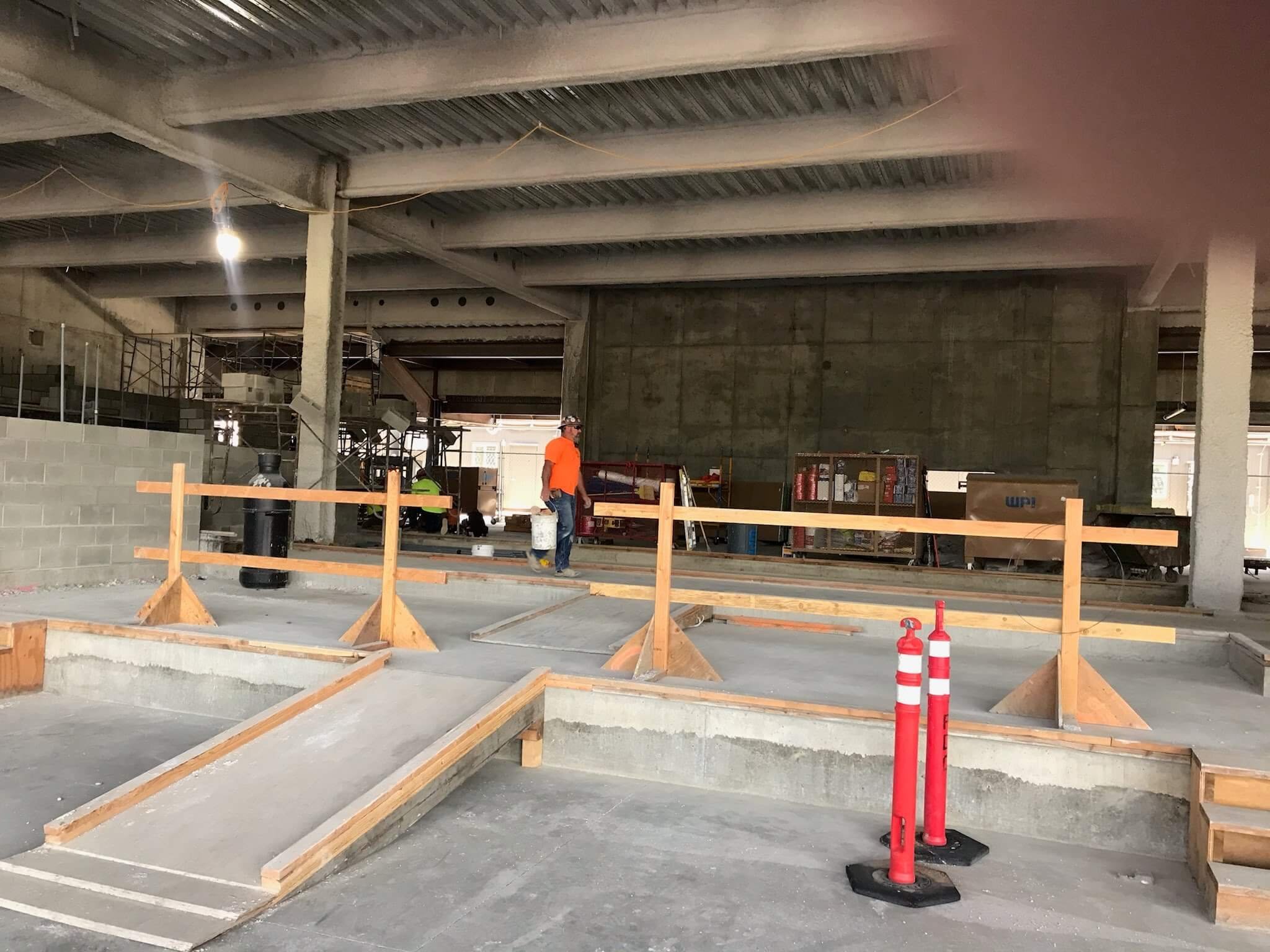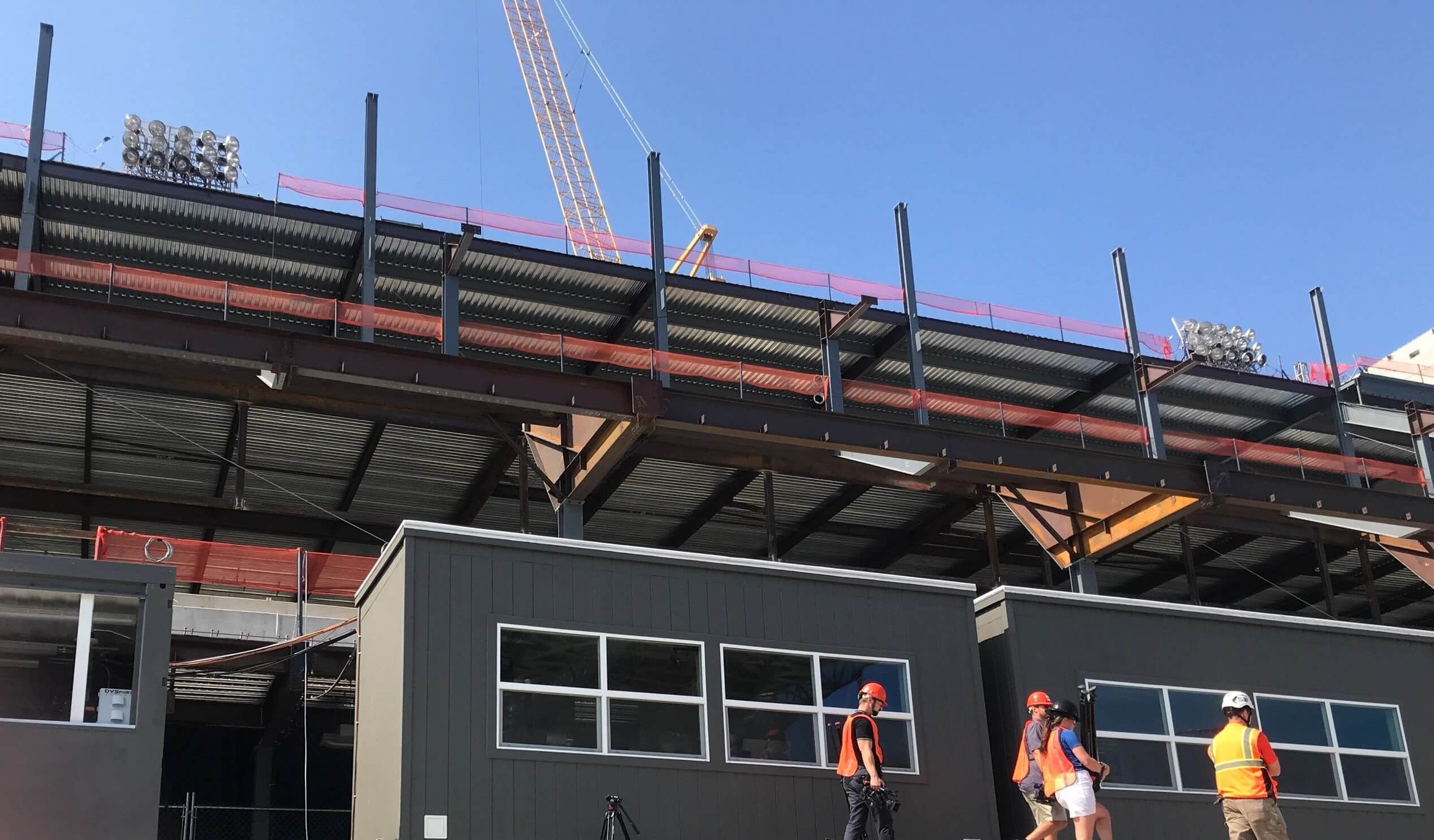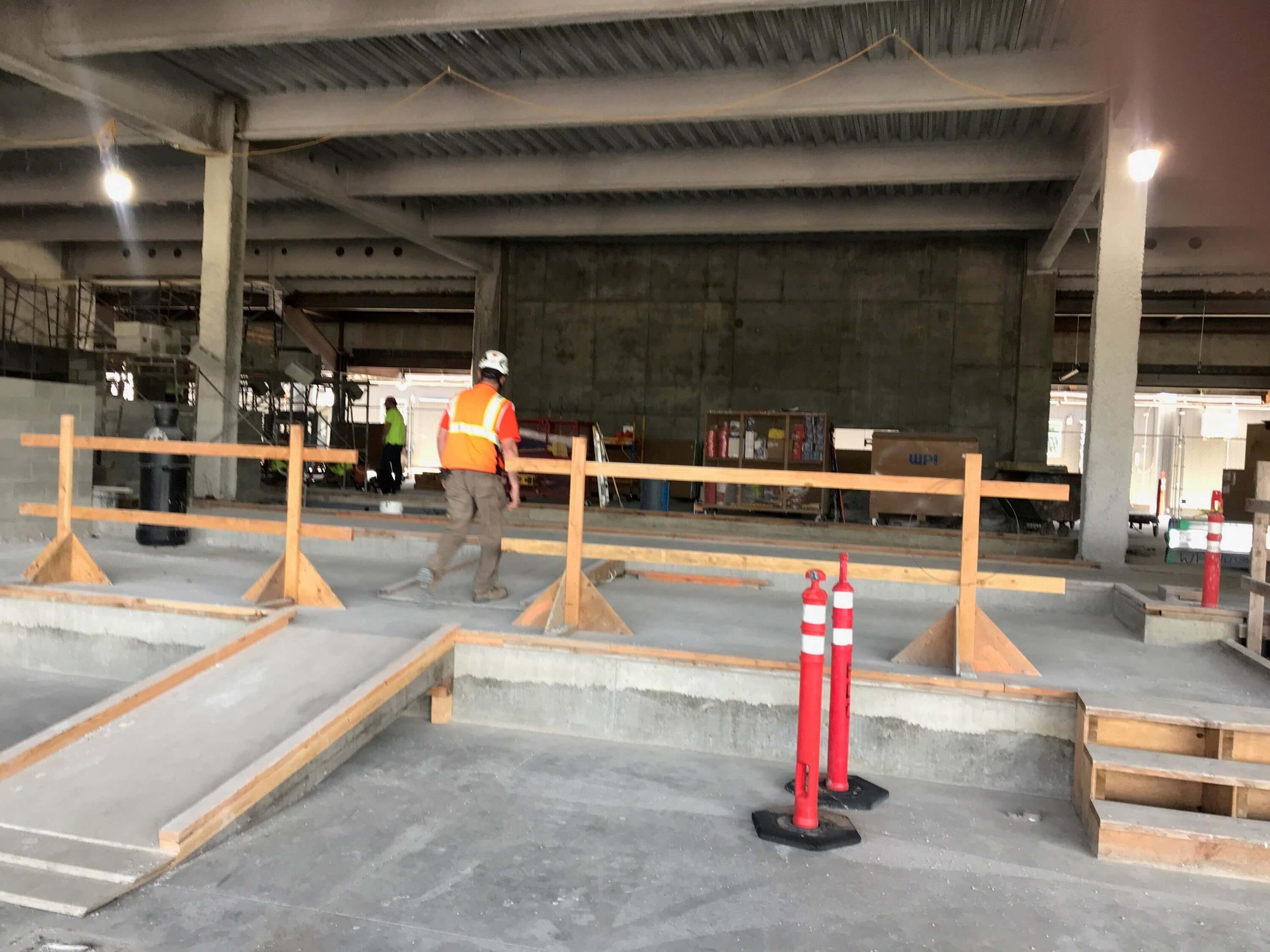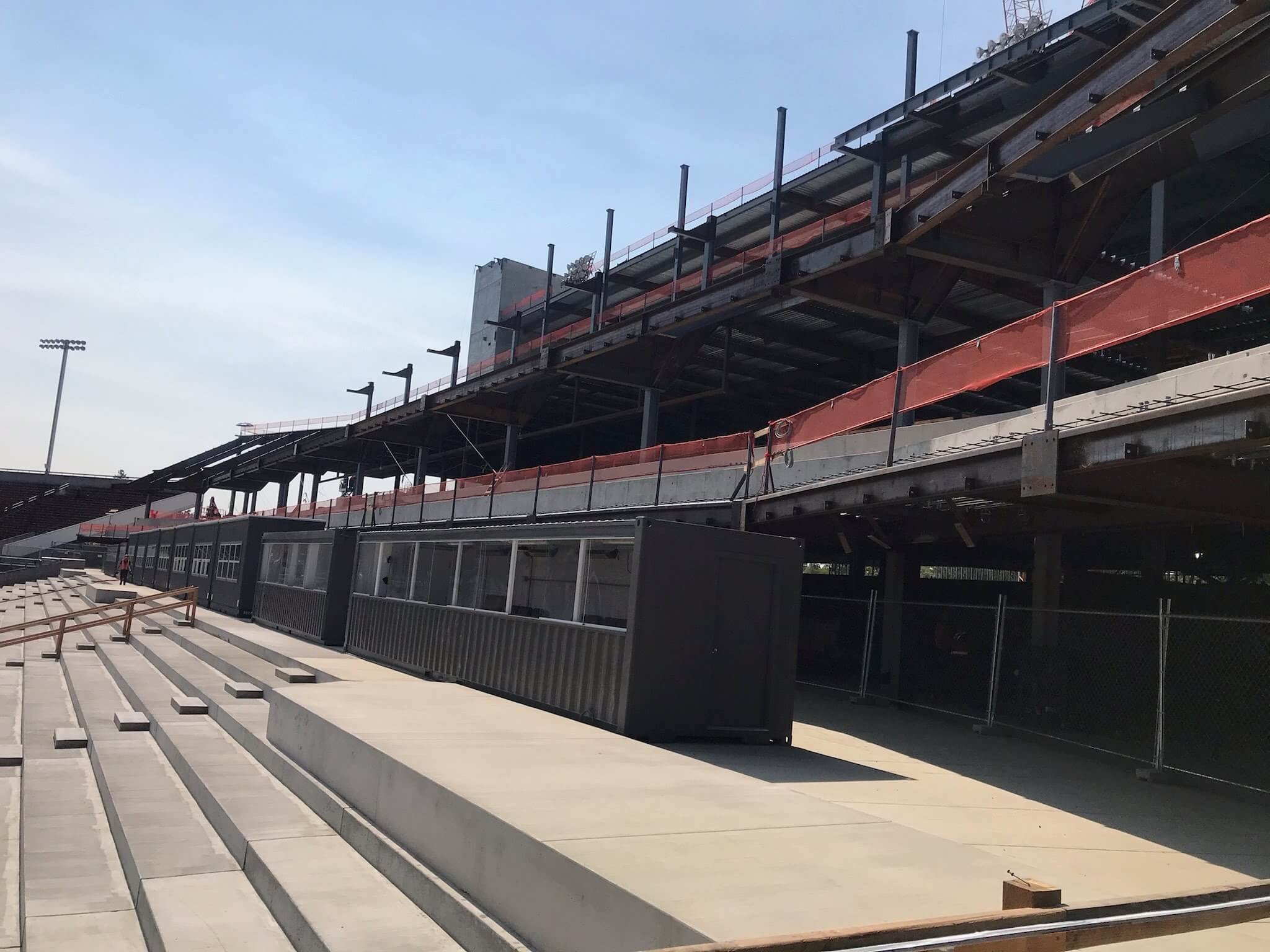Soon to be coming your way: a full stadium in Corvallis
Updated 8/30/2022 12:15 PM
CORVALLIS — Wherever his place of rest, Charlie Parker is probably smiling about now.
Parker was the Oregon State alum and Portland contractor who led a fundraising drive and contributed a good chunk of money of his own to the construction of 25,000-seat Parker Stadium in 1953.
Now, nearly 70 years later, a once viable but simple structure is being transformed into a state-of-the-art edifice.
In 2005, the “Raising Reser” campaign OSU completed an $80 million renovation project that finished the east side of the stadium. Over the next two years, a horseshoe was enclosed in the southeast end zone and capacity was raised to 45,674.
In the years hence, the east side has looked first-rate and the west side old. Observed one member of the Fourth Estate: “The best half-stadium in college football.”
With help from generous donors, athletic director Scott Barnes is doing something about that. The “Completing Reser Stadium” campaign is moving along swiftly.
Groundbreaking for the $161 million project to renovate the west side began last December, and the final product is scheduled to be ready the summer of 2023. Work is moving to the halfway point, and progress is becoming more visible as time moves on.
Barnes led a few members of the media on a tour through the work zone Monday. I saw dozens of workers fulfilling various tasks during my hour at the site, and things seem to be progressing rapidly.
“By the end of the season — mid- to early December — we’ll have the canopy on and the press level poured,” project superintendent Mark Rado said. “The heavy structural steel will be installed, a lot of roofing will be started and some done, and a lot of the interior build-out will be happening.”
For this season only, there will be a capacity of 26,407, with no seating (except a temporary press box) on the east side. Reser should be jammed all season. Barnes said Saturday’s season opener against Boise State is sold out.
“I expect we will sell out all (six) of our home games this season,” he said.
Beginning in 2023, capacity will be a projected 38,000. I believe that is too small, which I’ll explain later.
Once everything is in place, there will be 644 premium seats on the west side, including 312 club seats. Of those, 98 percent are sold, according to Barnes.
“We have a waiting list for club seats on the west side,” Barnes said. “And we’ll have some of the closest premium seating to the field in all of Power Five football.”
For the past year, former Beaver three-sport athlete Tanner Sanders has worked as premium sales manager for new inventory at Reser. He confirms Barnes’ assertion.
“Straight line distance from a sideline view, I believe those (premium) seats will be closest to the field of any Pac-12 school,” said Sanders, recently hired as assistant director of development of the Longhorn Foundation, the fundraising arm of the Texas athletic department. “And one of the closest in the country, I know for sure.”
Though Barnes didn’t mention it, I’m guessing there will also be about 15,000 seats for regular Joes and Jills installed on the west side. The view from any of those seats won’t be too bad, I’ll bet.
Reser will have 360-degree circulation with an open concourse called “Beaver Street” circling the field fairly low in the stadium.
“‘Beaver Street’ will be a unique feature in college football,” Barnes said. “You can be ordering your food and getting a drink while you’re watching the game (live, not on TV) from the open concourse.”
Barnes promises expanded and improved concessions and restroom facilities.
“We’ll try to minimize those lines,” he said.
Already in place is a huge new $5 million video board in the southeast end zone. Renovation has also been done on 45 loge boxes on the east side.
“We weren’t sure of the migration from the east to the west (side), but we had very little movement,” Barnes said. “Season ticket-holders who were waiting to get premium (seats) had the opportunity (on the west side), and most of our fans on the east stayed on the east. Only a few came over.”
Also part of the project are the Student Welcome Center, to be used year-round as a first stop to introduce prospective new students and their families to the school, and a campus wellness clinic with year-round access for students, faculty, staff and community members.
Beginning with the $50 million lead gift by an “anonymous” donor, Oregon State fundraised $91 million toward the Reser project. The other $70 million, Barnes said, will come from premium seating revenue.
Said Barnes: “What’s unique is that our financial model not only takes care of the relatively low debt service because of all the fund-raising, but it spins off what we think will be nearly $3 million a year in operating dollars to all of our sports.”
Barnes didn’t say how many years it will take to cover the $70 million. He knows better than me, but I’m guessing it will take a lengthy amount of time. It’s a great investment, but a spendy one for an athletic department that was already some $70 million in the red.
Construction costs are probably a factor in OSU’s decision to keep Reser’s capacity below 40,000. There’s no question college football crowds are suffering throughout the country. In the Northwest, late starts for TV purposes have turned off many Pac-12 fans. Many would rather watch the game on TV in the comforts of their home.
One of the things athletic administrators at the college and pro levels talk about is having a small enough arena or stadium to make it a “tough ticket.” The Rose Garden was originally designed with 23,000 seats; Paul Allen reduced it to 20,000 to create more competition in getting tickets.
I always thought that was a bunch of BS. For big games and the playoffs, you’re going to sell out. And if your team is good — you have to have that — you’re going to draw more people in a big building.
I feel the same way about Oregon State football and the size of Reser. I suppose the uncertainty about the future of the Pac-12 leaves OSU administrators relieved they were thinking small. Perhaps that’s prudent, but it’s also selling yourself short.
In 2005 and ’06, Reser Stadium capacity was twice increased, first to 43,300, then to 45,700.
Under coach Mike Riley, the Beavers played 63 home games over the decade from 2005 to 2014. They drew 40,000 or more 57 times. It was a given.
Yes, times have changed. Even so, I’m hoping if the capacity OSU settles on is 38,000, the stadium is built with the potential for expansion. There is much confidence in Jonathan Smith and the direction he is taking his program. We’ll see how the Beavers handle the NIL wars. That’s a story for another day.
For sure, they’ll be playing in a state-of-the-art stadium, one that should be fun for their followers, too.
“This will be a special fan experience for Beaver Nation unlike that of any other college, because of the ‘Beaver Street’ open concourse and the cutting-edge amenities,” Barnes said. “I’m excited for our fans to experience the final product.”
Bless your soul, Charlie Parker. Wish you were around to see the old gal’s facelift.
► ◄
Readers: what are your thoughts? I would love to hear them in the comments below. On the comments entry screen, only your name is required, your email address and website are optional, and may be left blank.
Follow me on Twitter.
Like me on Facebook.
Find me on Instagram.
Be sure to sign up for my emails.
